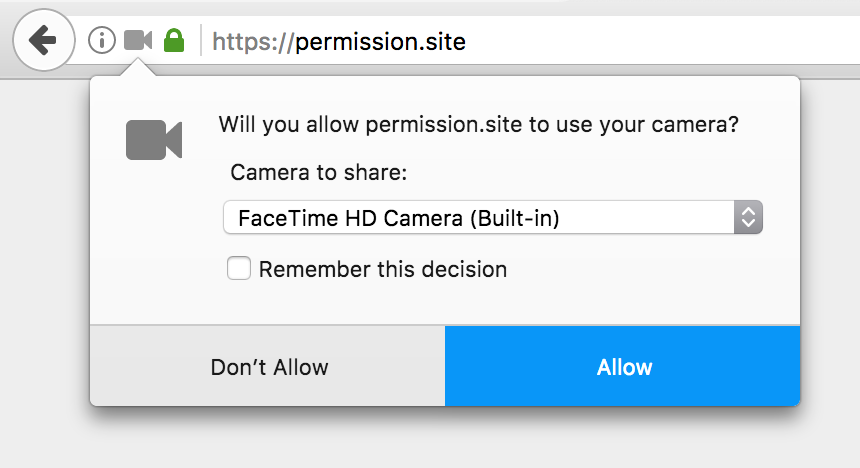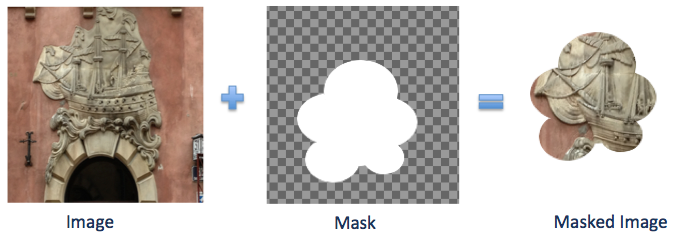Mozilla today launched Firefox 53 for Windows, Mac, Linux, and Android. The new version includes two new themes on desktop, running the graphics compositor in a separate tab on Windows, compact tabs on Android, a redesigned interface for site permissions, estimated reading times, and more.
Firefox 53 for the desktop is available for download now on Firefox.com, and all existing users should be able to upgrade to it automatically. As always, the Android version is trickling out slowly on Google Play.
Mozilla doesn’t break out the exact numbers for Firefox, though the company does say “half a billion people around the world” use the browser. In other words, it’s a major platform that web developers target — even in a world increasingly dominated by mobile apps.
Desktop
First up, Firefox 53 ships with two new themes: Compact Light and Compact Dark. Both shrink the user interface (also known as the chrome) size. The former uses Firefox’s default theme colors, while the latter inverts them.
June 5th: The AI Audit in NYC
Join us next week in NYC to engage with top executive leaders, delving into strategies for auditing AI models to ensure fairness, optimal performance, and ethical compliance across diverse organizations. Secure your attendance for this exclusive invite-only event.

Next, as part of Mozilla’s plans to build a next-generation browser engine (Project Quantum) that takes full advantage of modern hardware, the company today shipped the Quantum Compositor for Windows. The graphics compositor, which determines what you see on your screen by flattening into one image all the layers of graphics that the browser computes, now runs in a separate process. This means Firefox is faster, because the Quantum Compositor runs on the GPU instead of the CPU, and more stable, since occasional bugs in underlying device drivers that cause crashes no longer bring down all of Firefox or even your current tab.
In fact, Mozilla found that the Quantum Compositor reduced browser crashes by about 10 percent. The Quantum Compositor will be enabled for about 70 percent of Firefox users: those on Windows 7, Windows 8, and Windows 10 running on computers with graphics cards from Intel, Nvidia, or AMD.
Firefox has received a redesigned interface for granting and managing a website’s permissions. When you visit a website that wants to access sensitive hardware or send you a notification, you’ll get a dialog box that explicitly highlights the permissions that site is requesting. To change a site’s permissions, just click the ‘i’ icon in the Awesome Bar.

Speaking of redesigns, the controls for video and audio HTML5 content have received a modern look. Furthermore, HTML5 media will not autoplay by default until you switch to that tab.

Also worth noting is that Windows users can now select between 32-bit and 64-bit Firefox during installation. Firefox 53 also removes support for 32-bit Firefox on macOS, as well as for older Pentium 4 and Opteron CPUs on Linux.
Developers meanwhile will want to know that Firefox 53 supports positioned CSS Masks, which allow authors to partially or fully hide visual elements within a webpage. Masks work by overlaying images or other graphics that define which regions of an element should be visible, translucent, or transparent. Masks can be configured to use either luminance (white pixels correspond to fully visible pixels while black pixels render the area transparent) or alpha values for occlusion (transparent pixels in the mask cause transparent pixels in the element). The new display: flow-root value, which achieves similar results to clearfix, is also supported.

Here’s the full Firefox 53 changelog:
- Improved graphics stability for Windows users with the addition of compositor process separation (Quantum Compositor)
- Two new ‘compact’ themes available in Firefox, dark and light, based on the Firefox Developer Edition theme
- Lightweight themes are now applied in private browsing windows
- Reader Mode now displays estimated reading time for the page
- Windows 7+ users on 64-bit OS can select 32-bit or 64-bit versions in the stub installer
- Various security fixes
- Updated the design of site permission requests to make them harder to miss and easier to understand
- Windows XP and Vista are no longer supported. XP and Vista users running Firefox 52 will continue to receive security updates on Firefox ESR 52.
- 32-bit Mac OS X is no longer supported. 32-bit Mac OS X users can switch to Firefox ESR 52 to continue receiving security updates.
- Updates for Mac OS X are smaller in size compared to updates for Firefox 52
- New visual design for audio and video controls
- Ended Firefox Linux support for processors older than Pentium 4 and AMD Opteron
- The last few characters of shortened tab titles fade out instead of being replaced by ellipses to keep more of the title visible
- Changes for web developers
- Support for WebM video with alpha, which allows playing videos with transparent backgrounds
If you’re a web developer, more details are available for you here: Firefox 53 for developers.
Android
Firefox for Android got one major new feature: Compact tabs (Settings => General). When you switch tabs, this new setting displays your tabs in two columns. This makes it easier to switch tabs when you have several open.

Here’s the full Firefox 53 for Android changelog:
- Right to Left Language Support — Arabic (ar), Urdu (ur), Hebrew (he) and Persian (fa)
- Users can enable two columns tabs setting in portrait mode
- Long press on a search suggestion removes it from browser history
- Reader Mode now displays estimated reading time for the page
Mozilla releases new Firefox versions every 6 to 8 weeks, and Firefox 54 is currently slated for mid June.

